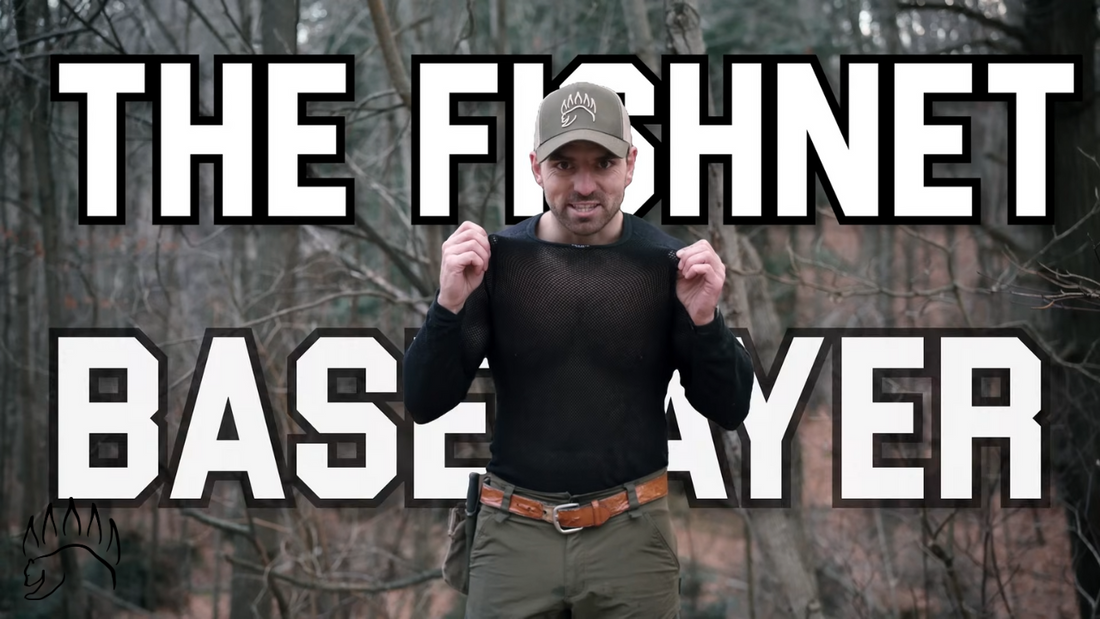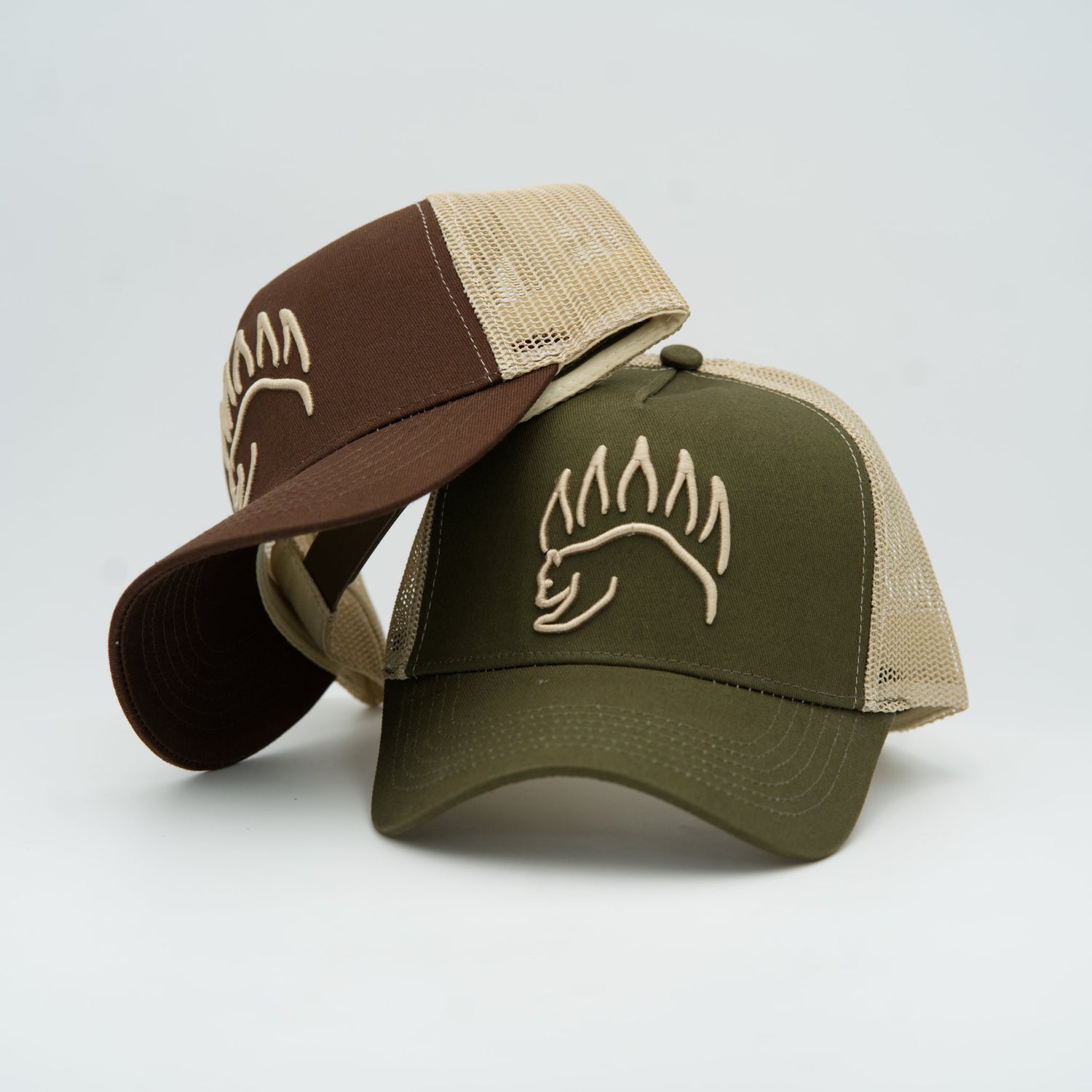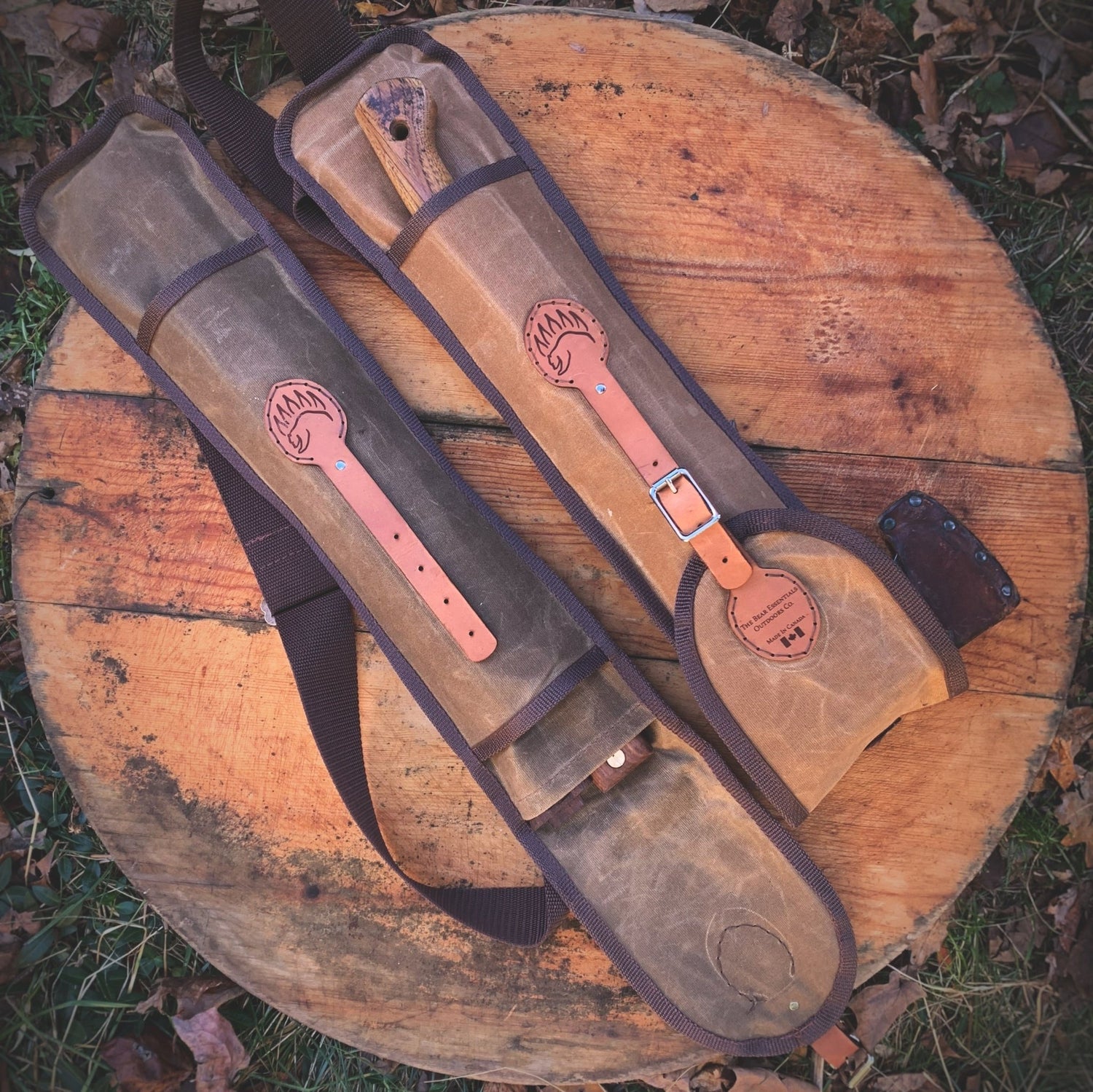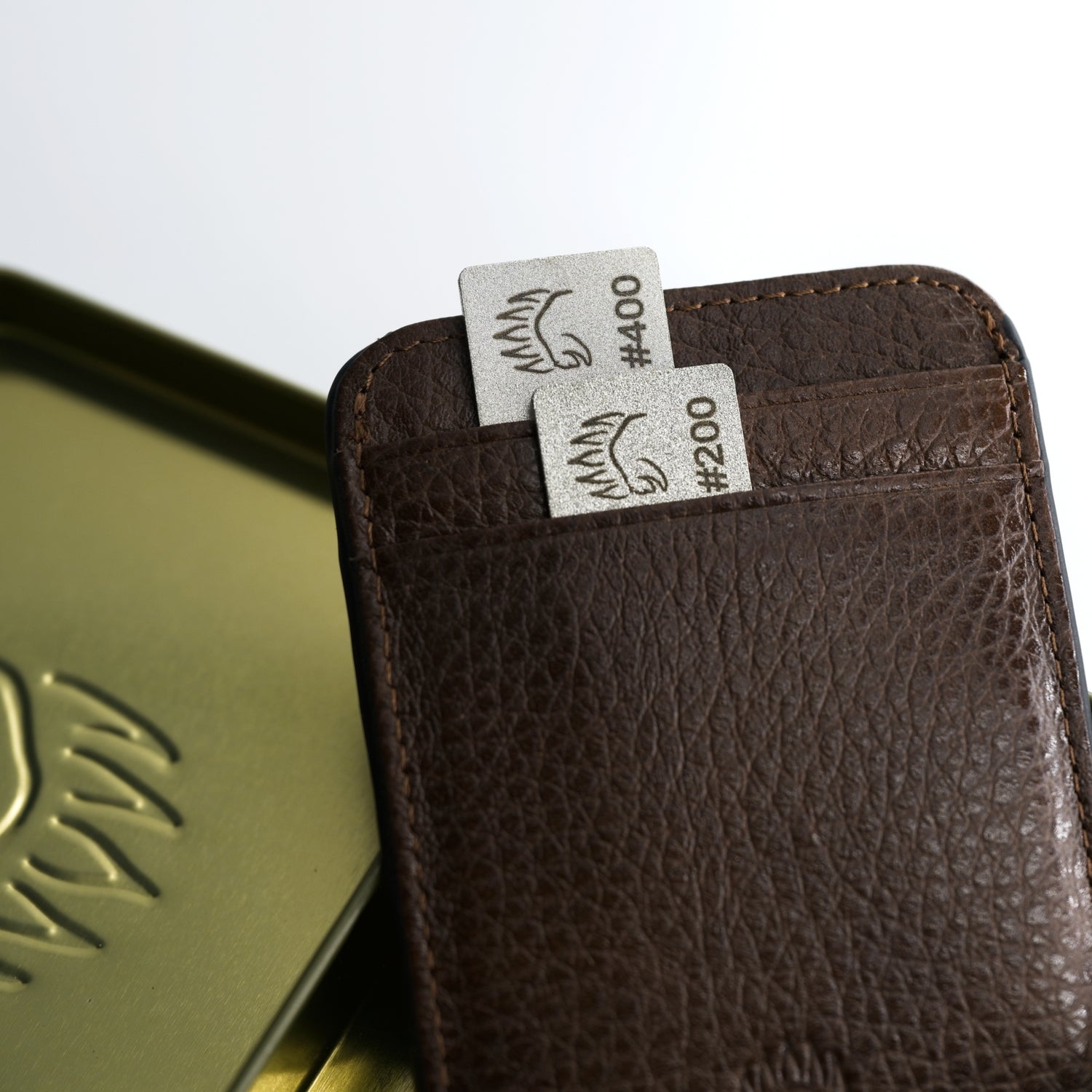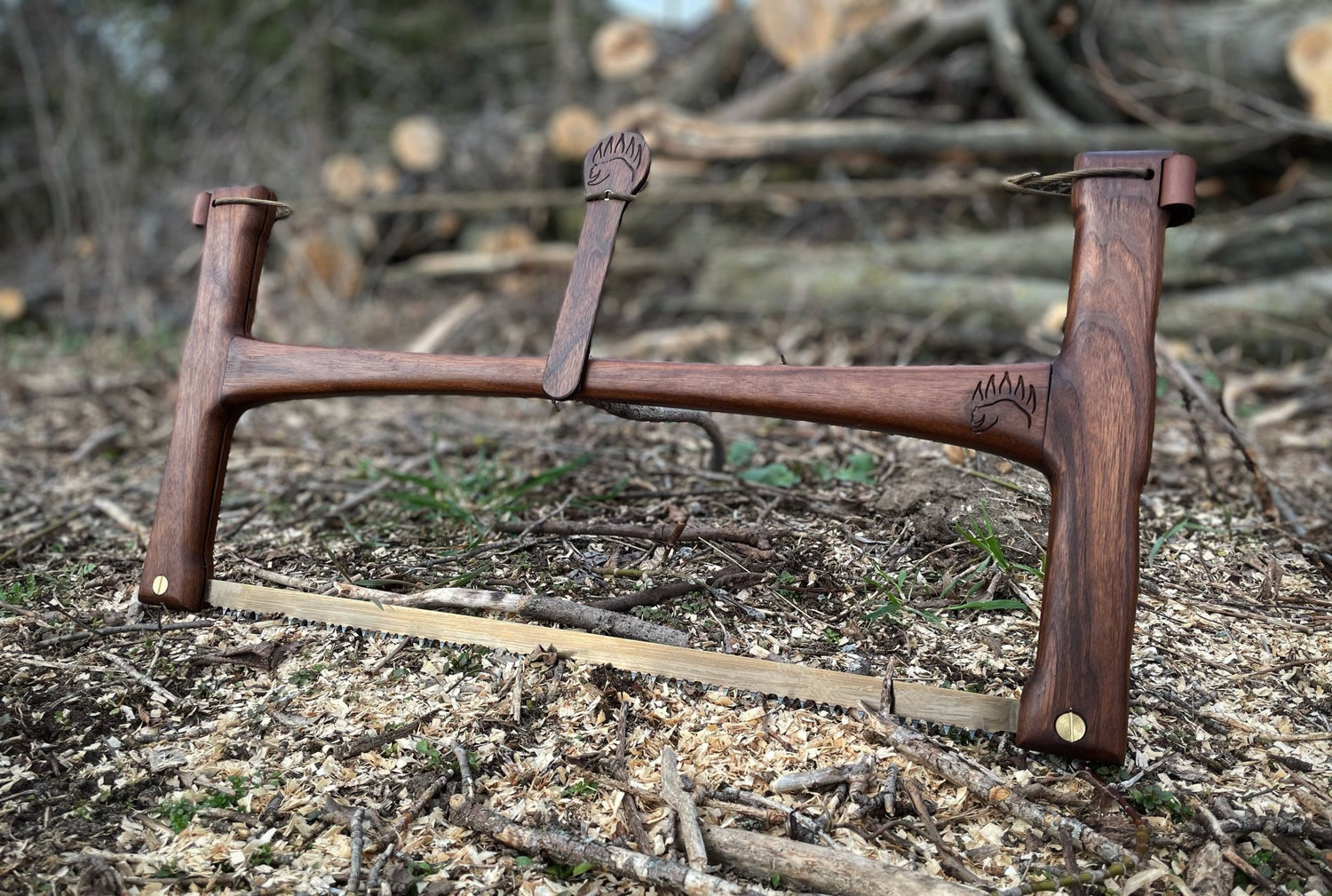Mesh. It's a simple word that probably doesn't make you think of anything too exciting at first. But in the world of outdoor gear and apparel, mesh is one of the best materials to wear thanks to its pretty amazing properties.

Let's dive into the origins of mesh and how it has become an integral part of enjoying activities from hiking to camping and beyond.
The Development of Mesh
The origins of mesh date back thousands of years to ancient weaving and netting techniques used by various cultures around the world. The ancient Egyptians, for example, mastered the art of creating bead net dresses that resemble mesh. But it was not until the late 19th century that mesh as we know it today first appeared. Lewis Haslam, a mill owner from Lancashire, created a fabric called Aertex. The fabric had sufficient aeration, and surprisingly, it was created to keep the wearer warm during the colder months.
The fabric soon became a mainstay in people's wardrobes at the turn of the century. In fact, it was an integral part of the British army's uniform during the Second World War. The basic principle of interlacing strands of fiber or wire into an open, porous fabric allowed for improved airflow and flexibility. It is also more lightweight compared to clothing with closer weaves. As technology advanced, synthetic fibers and industrial manufacturing methods enabled mesh to be produced consistently and inexpensively.
The Different Uses for Mesh
Mesh, as a fabric, has many different uses, which is a testament to its versatility. It is used to make bags and netting, as well as in manufacturing lingerie and shapewear. But mesh has always been popular among athletes and outdoorsmen. The fabric is now a mainstay as a material to make shorts, jerseys, bras, and baselayers.
What Makes Mesh So Great for Outdoor Use?
Here are a few key factors:
Breathability
The open, ventilated design of mesh allows for maximum airflow. This helps prevent overheating and sweating during aerobic activities by letting heat escape. Mesh panels are commonly integrated into activewear, outdoor shoes, equipment haulers, and more to boost breathability.
Lightweight
The porous, minimal nature of mesh means less material is required compared to solid, tightly woven fabrics. This translates to lighter gear that doesn't weigh you down mile after mile on the trail.
Quick-Drying
Along with breathability, mesh facilitates rapid drying by allowing moisture to readily evaporate instead of becoming trapped in the fabric. This prevents discomfort and chafing from sweat-soaked clothes and gear.
Durability
Despite the open, ventilated weave, modern technical meshes are engineered to provide impressive tear resistance and longevity even with rugged outdoor use. From the airy mesh backing on outdoor packs that promotes airflow and prevents sweat buildup, to the mesh uppers on trail running shoes that shed water while hiking, mesh is an invaluable part of enjoying nature comfortably.
Conundrum: But Why is Mesh the Warmest Baselayer?
One of the most baffling things about mesh is that it is one of the warmest baselayers you could ever wear during an outdoor adventure. It's sometimes hard to wrap our heads around the idea that something as lightweight and ventilated like mesh can keep us warm. But it's true.

In fact, Sir Edmund Hillary and Tenzing Norgay summited Mount Everest for the first time wearing the Brynje original string shirt as their baselayer. So, what makes mesh a great baselayer in cold weather?

Let's say you spilled water on the floor or a kitchen counter. You grab a sponge and start sopping up all that water. Mesh functions like a sponge in the sense that the fabric absorbs all that sweat from your skin and keeps it dry.

Now, imagine sopping up all liquid with a paper towel. It doesn't absorb as much water as the sponge, but it does spread the water over a larger surface area. The water can now evaporate and dry out faster. That's exactly what base layers do. They act like paper towels spreading out the water molecules until they evaporate.
During hard activity, ordinary baselayers can easily get saturated. And when you stop moving, the cold sets in. Some materials like wool even retain most of their insulation even when wet. But what if there's a way of avoiding wetness altogether? Impossible? No, it's not. Learn how the fishnet base layer warmth can help avoid wetness altogether.

In fact, Sir Edmund Hillary and Tenzing Norgay summited Mount Everest for the first time wearing the Brynje original string shirt as their baselayer. Many people in Norway, for example, have long been partial to mesh as a baselayer. Unfortunately, this choice of baselayer is not as popular in other countries.
So, what's mesh’s secret?
The secret to why mesh works so well is in its open weave. It basically has a bunch of holes in it that let air in, ensuring that water evaporates quickly. Contrast this with a close weave fabric like your regular cotton tee, for example, which only absorbs sweat but does a poor job wicking it off.

If you've ever carried a backpack and then did some hiking, you'll know the first place you sweat that never quite dries off is on your back. That's because the clothing is sandwiched between the backpack and your skin.

If you instead hike wearing a mesh baselayer, then the sweat never actually sits on your skin. That's because your skin is exposed to the cool air and the moisture evaporates quickly. So, whether you're using the mesh in the hot sun with a backpack on or while summiting Mount Everest, even as your outside layer gets soaked, your skin stays dry.
Not only does this keep you warmer, but it's also more comfortable. You don't get that clammy feeling that you feel when you're absolutely soaked or it's really humid out.
How Mesh’s Insulation Works
But what about insulation? How can something with holes in it actually keep you warmer?

First, let's look at how insulation actually works. The insulation of a non-mesh baselayer actually comes from the material's thickness. Insulation works by trapping dead air in pockets.

That's why down, for example, offers some of the best insulation. It's lightweight and it traps a lot of the dead air. That dead air acts as a barrier between your warm body and the cold air outside. But the problem is that generally the thicker the insulation, the heavier the material.
Mesh, on the other hand, works by forming warm air pockets between the weaves. Now there's going to be dead space between your skin, the mesh layer, and then the layer over top which provides insulation just like a down jacket. But the result is that you get four to six times more warmth for the weight of the mesh than you do with other closed-weave baselayers.
Regulating Your Body Temperature
But that's not nearly all of the benefits. Mesh also gives you the ability to regulate your body temperature. Let's say you're hiking up a hill wearing a closed-weave baselayer and your skin has all the heat trapped close to the body with exertion. Your baselayer will get hotter faster, especially at certain spots, like the armpits, chest, and back. In essence, some parts are heating up fast, while some parts heat up slowly. It's completely uneven.
Mesh, on the other hand, allows air to circulate more freely when you want it to. Your skin doesn't overheat as fast because the closed weave isn't directly against your skin. You have that air buffer to keep everything consistent. Rapid cooling is even faster. You just open up your shell layer and allow that fresh air to sweep directly against your skin.
Mesh Material vs Weave Type
In this 2013 study, researchers found that the actual material – whether wool or synthetic – doesn't matter as much as the weave type does. It's actually the most important factor and really never talked about because the marketing bucks aren't behind it.
Buying Multiple Baselayers?
Instead of buying multiple baselayers in different thicknesses for each type of activity and material, what you can do instead is invest in one good mesh set for all of your activities. When extra insulation is needed in really cold instances or when you stop moving, just rely on your second closed-weave baselayer over top. This is the best scenario to cover every activity, and you can wear it even while sleeping in your sleeping bag. It's also essential for any activities where you're active for a time and then pause, like skiing, hiking, hunting, winter camping, snowshoeing, and wildlife photography.
The Best Mesh Baselayer
Heading out? What I recommend is wearing a mesh baselayer with a close-weave over top and that covers everything you could possibly do. Good mesh baselayers can be pretty hard to find in North America, but not impossible. Here are two of the mesh baselayers that I personally use.
Wiggy's 2nd Layer Mesh Long Underwear
Pros
- Affordable
Cons
- Made of 100% nylon
Brynje USA Unisex Long Sleeve Shirt Inlay
Pros
- Made of merino wool
- Available in different sizes
- Durable
Cons
- Pricier than synthetic counterparts
Order all your outdoor gear and tools from The Bear Essentials Outdoors Co. store. Whether you're looking for the Classic Bear Paw Cap to protect you from the sun or a trusty Pack Pouch, we've got you covered. Shop now and have it delivered right to your doorstep.
